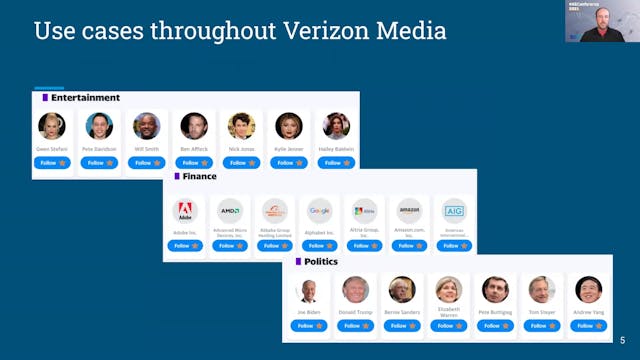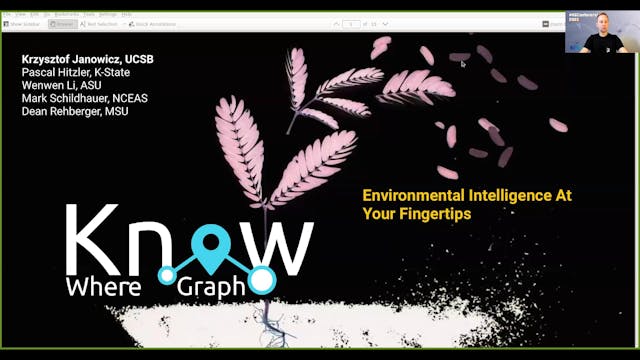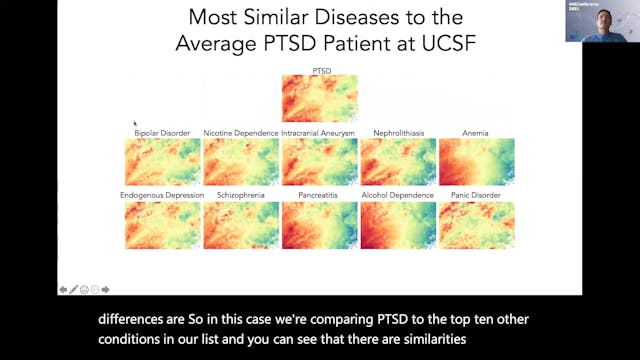Roi Krakovski | The Usearch Contextual Graph
KGC21 | Conference Only Pass
•
16m
We exploit the recent breakthroughs in Neuroscience to build web search engines based entirely on AI-generated data, thus eliminating the need to collect users’ data. We show how to generate search queries that are almost identical to real users’ queries. We use the generated queries to build a contextual graph to predict user intent.
In this talk, we will review how the recent breakthroughs in Neuroscience can be exploited to create Web search engines totally based on AI-generated data - eliminating the need to collect users’ data. In particular, we will focus on:
How can we generate search queries that are almost identical to a real user’s ones?
How can we exploit the generated queries to predict user intent in a contextual graph?
Up Next in KGC21 | Conference Only Pass
-
Mike Welch | Serving A Web Scale Kno...
The Yahoo Knowledge Graph powers entity data for user experiences across multiple products at Verizon Media, from search to media to ads. Nodes in the knowledge graph correspond to real world entities: people, places, movies, sports teams, and so on. The edges represent semantic relationships bet...
-
Krzysztof Janowicz | Know, Know Where...
The KnowWhereGraph project aims at providing a densely interlinked knowledge graph for environmental intelligence applications and situational awareness services (area briefings) that enrich the data of decision-makers and data scientists with pre-integrated data custom-tailored to their spatial ...
-
Sergio Baranzini | SPOKE: A Biomedica...
SPOKE is a biomedical knowledge graph containing factual data on various biomedical fields including genetics, molecular biology, physiology, metabolomics, pharmacology and clinical medicine. SPOKE can be used to repurpose medications, predict patient outcomes, and accelerate drug development, am...



